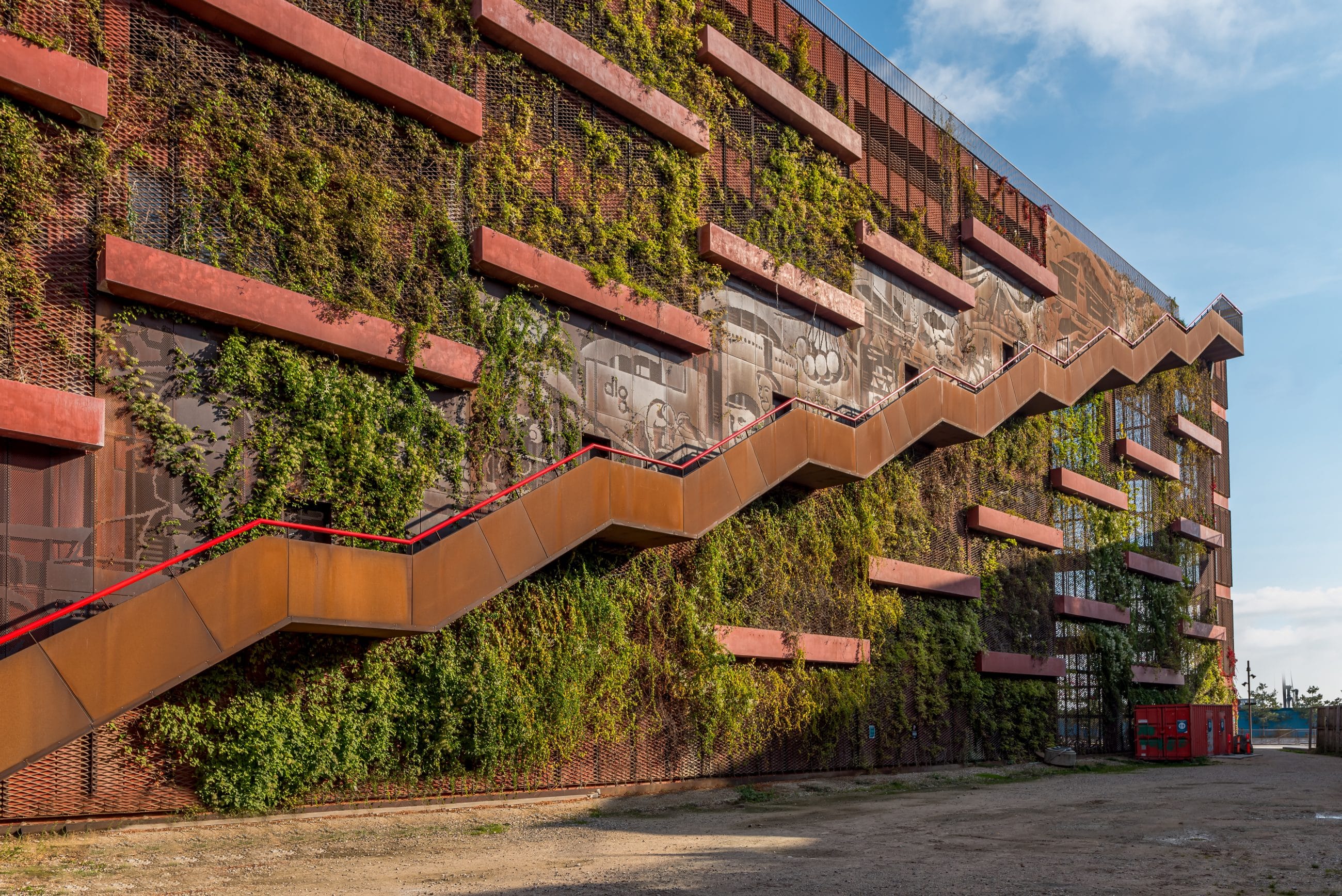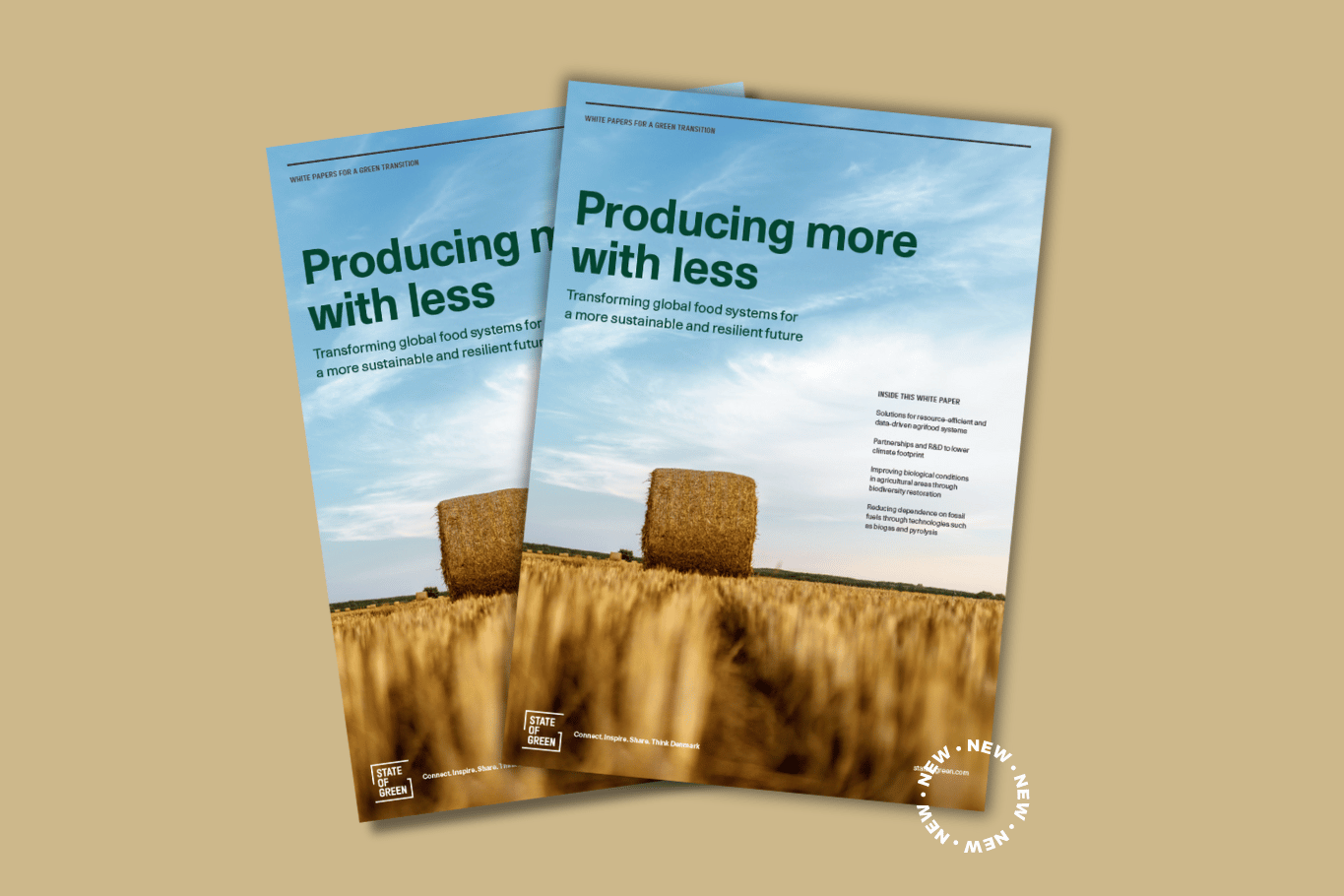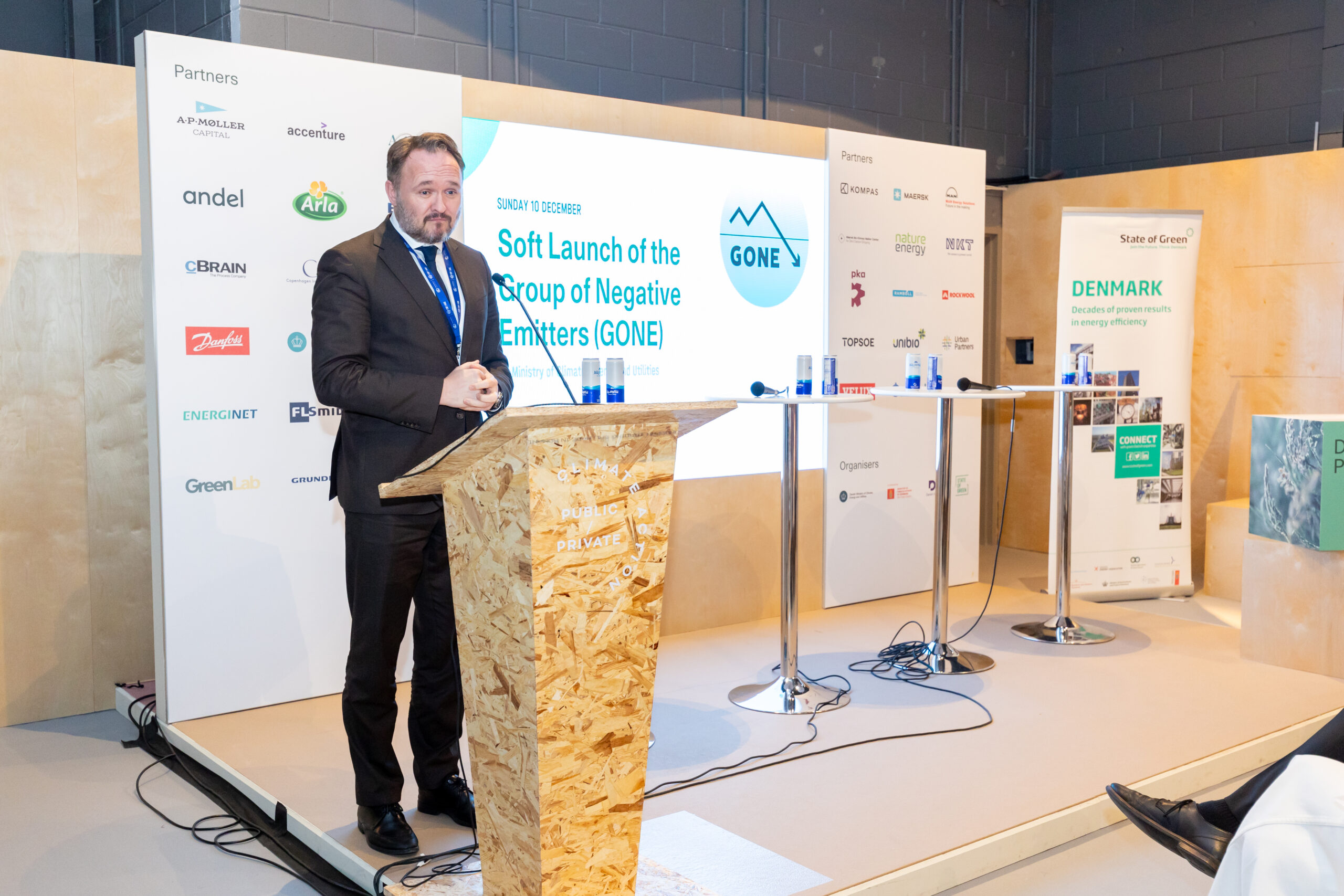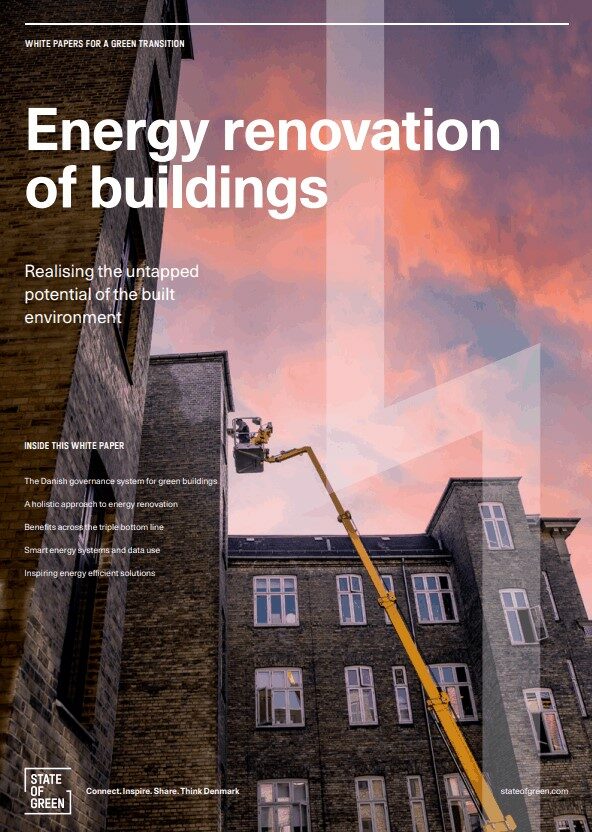New project shines light on the effects of reusing materials
Through the “Circular Builders”-project, the Danish Technological Institute has mapped the climate effect of 119 chosen initiatives in nine Danish and Swedish municipalities. The purpose of the project is to inspire to think more circular in construction strategies.
As part of the project, the municipalities have developed and tested circular construction solutions to reduce CO2 emissions throughout the full value chain. The solutions have been measured through the construction of new buildings, renovations, and demolitions, but also through initiatives at recycling stations, which can support more circular handling of construction waste and building materials.
Results show that there are large potentials for climate reduction to be found in some initiatives, while others have more limited effects. For example, reusing paint provides an easy and effective way to save both money and carbon emissions, while elements such as reused windows, marble, natural stone, metal and steel products save up to 99% CO2 compared to using conventional materials.
And although it is possible to save CO2 by recycling concrete, brick and natural stone, other factors also play a role in the use of heavy materials. Particularly transport of materials can mean that recycling materials are ultimately a bad solution in terms of the climate.
With the results of the project, the aim is that municipalities and other public actors can push the market in a more circular direction.


















